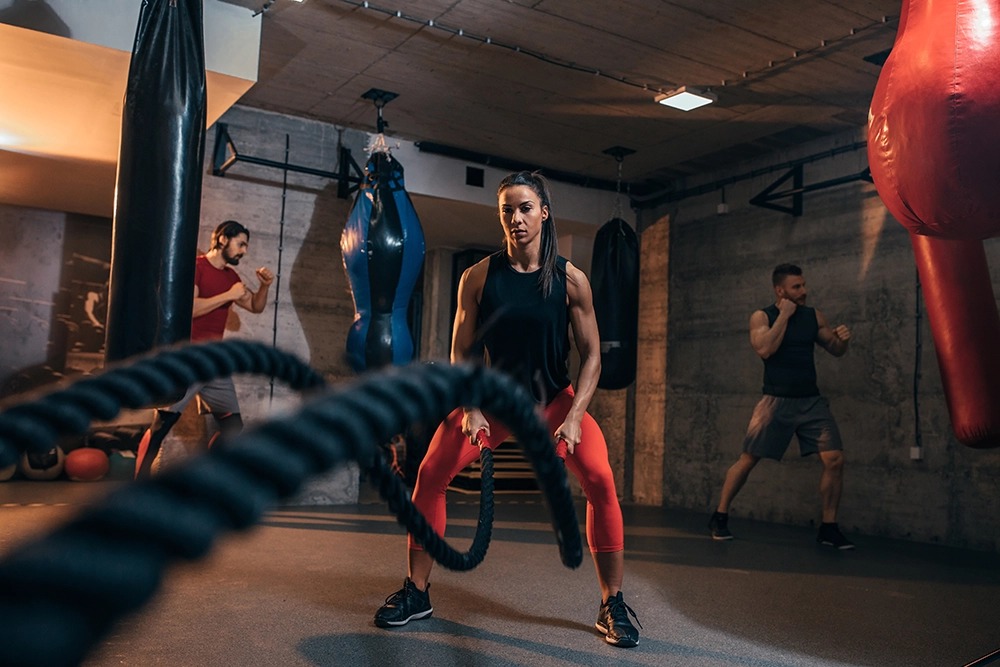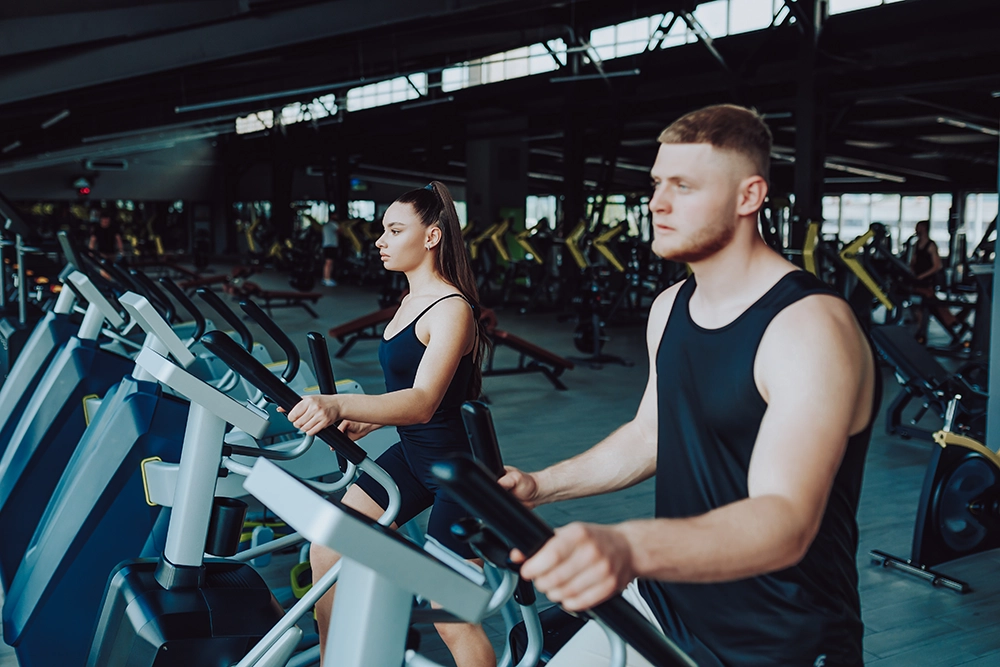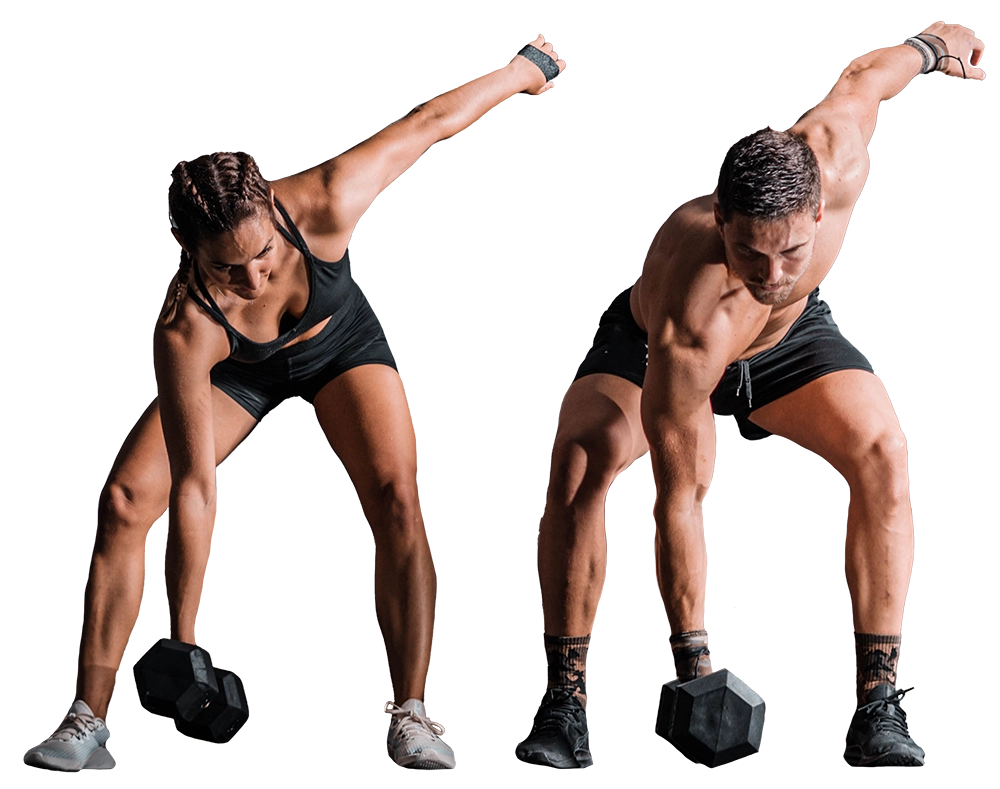Training
HIIT vs Steady-State Cardio: The Trainer’s Guide to Smarter Programming

As a personal trainer, you’re not just providing workouts – you’re engineering outcomes. Whether your clients want to shed fat, boost endurance, or improve their cardiovascular health, smart programming is the key to unlocking results. And when it comes to cardio, one question keeps popping up: “Which is better – HIIT or steady-state cardio?”
Let’s end the debate with a science-backed answer and actionable programming strategies. We’ll explore the unique benefits of High-Intensity Interval Training (HIIT) and Continuous Steady-State (CSS) cardio, and how you, as a trainer, can integrate both to elevate your clients’ performance, health, and long-term adherence.
What is HIIT and Why Should Trainers Use It?
High-Intensity Interval Training (HIIT) alternates between short bursts of near-maximal effort and periods of rest or low-intensity recovery. It’s a powerful method for burning fat, improving cardiovascular fitness, and increasing metabolic efficiency.
What the Research Says
In a 2008 study by Perry et al., just six weeks of interval training led to a dramatic increase in fat oxidation and a shift away from carbohydrate reliance.
Even more impressively, Talanian et al. (2007) demonstrated that just two weeks of HIIT improved fatty acid oxidation and aerobic performance in young women.
This isn’t hype – it’s metabolic science in action.

Why It Works for Clients
-
Time-Efficient
HIIT sessions typically last 15 to 30 minutes, making them ideal for busy clients with tight schedules. -
Afterburn Effect (EPOC)
The body continues to burn calories for hours post-workout thanks to excess post-exercise oxygen consumption. -
Performance Boost
HIIT improves VO₂ max, increases stroke volume, and challenges both the anaerobic and aerobic systems.
Trainer Programming Tips
-
Start Conservatively
Many clients overdo HIIT early on. Ramp up duration and intensity gradually. -
Mix It Up
Alternate between sprints, bodyweight circuits, kettlebell intervals, or cycle sprints. -
Recovery Matterst
Program 2–3 HIIT sessions per week and allow recovery days in between to avoid CNS fatigue and overuse injuries.
The Endurance Advantage:
Continuous Steady-State Cardio (CSS)
Steady-state cardio involves maintaining a consistent, moderate pace over an extended period – typically 30 to 60 minutes. Activities include jogging, cycling, rowing, or swimming at about 60% to 70% of maximum heart rate.
What the Research Says
Jeukendrup and Wallis (2005) highlighted that steady-state aerobic activity is highly effective for fat oxidation, making it ideal for body recomposition goals.
According to a systematic review published in 2015, regular aerobic exercise has significant benefits for mental health, reducing symptoms of depression, anxiety, and cognitive decline.

Why It Works for Clients
-
Fat-Fuelled
CSS training uses a higher percentage of fat as the primary fuel source during the workout. -
Low Stress
It’s easier on the joints and nervous system, especially beneficial for beginners or clients in recovery phases. -
Mental Wellness
Promotes endorphin release and is linked to improved mood, sleep, and emotional regulation.
Trainer Programming Tips
-
Gradual Progression
Increase intensity and duration over time. Many clients improve adherence by starting with walking or light cycling. -
Program Variety
Use different modalities – trail running, elliptical, rowing – to engage various muscle groups and prevent monotony. -
3 to 5 Days Per Week
Match frequency to fitness level, goals, and recovery capacity.
So, HIIT or Steady-State?
The Smart Answer Is: Both
The debate between HIIT and CSS is outdated. The most effective programs use a combination of both to deliver well-rounded, efficient, and adaptable results.
Here’s how each supports your training system:
| Benefit | HIIT | Steady State |
|---|---|---|
| Time Efficiency | ||
| Fat Oxidation (Post-Workout) | ||
| Fat Oxidation (During Workout) | ||
| Aerobic Capacity | ||
| Mental Health | ||
| Recovery-Friendly | ||
| Metabolic Boost |
Best Uses for HIIT
- Clients short on time
- Fat loss phases
- Conditioning blocks
- Plateau breakers
Best Uses for CSS
- Recovery days
- Base building
- Mental health support
- Low-stress periods (e.g., deload weeks)
How to Apply This in Your Programming
Here’s a quick framework for personal trainers:
Client Assessment
Consider training age, injury history, lifestyle demands, and body composition goals.
Periodisation
Alternate HIIT and CSS based on the training phase (e.g., CSS in base building, HIIT in cutting/peaking).
Educate and Empower
Help clients understand why each method matters to build trust and long-term adherence.
Track Metrics
Monitor HR, RPE, EPOC (with wearables), and mood/recovery to adjust intensity week to week.
Final Thoughts: Combine to Conquer
You don’t need to pick a side – you need to build a system. HIIT and steady-state cardio are both powerful tools when used strategically. Integrating both into a comprehensive cardiovascular plan will improve fat loss, increase cardiovascular fitness, and elevate your clients’ overall health.
Train smarter, not longer. Program with purpose.

Further Reading and Research

Steve Irwin
Steve has spent the last 20 years in the Australian Fitness Industry as a Group Fitness Instructor, 1-1 Coach, State Manager, Business Owner and is currently an Educator for the Australian Institute of Fitness, which is part of Clean Health Group. A lifelong fitness enthusiast he started his working life in the military, which guided him into the fitness industry where his passion for helping others on their health and fitness journey has been realised. Steve believes that for anyone thinking about getting fit or healthy they should ‘just get started’ as ‘doing something is better than doing nothing’.